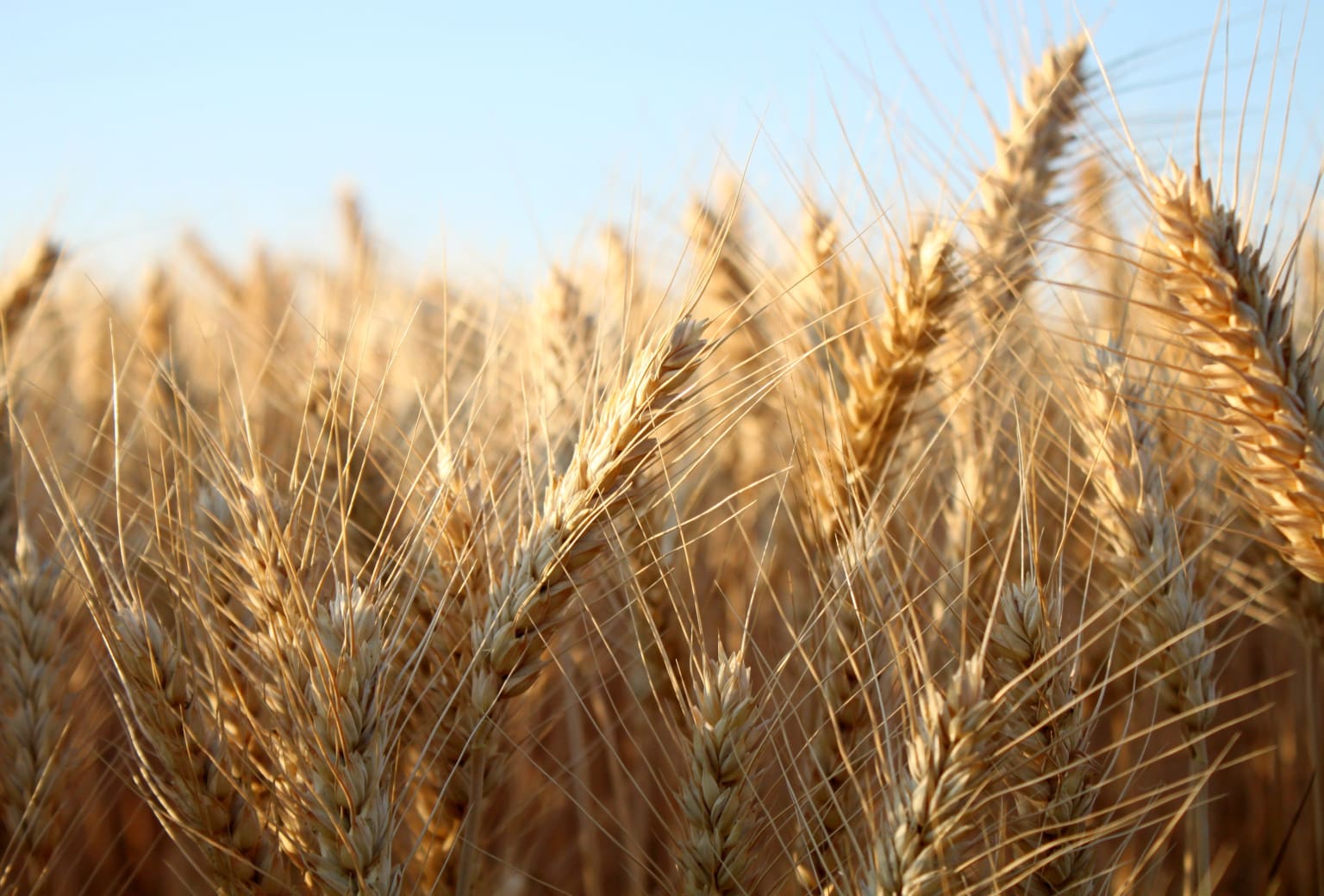Over the past several years, we’ve been inching closer and closer to an extreme climate crisis – many argue we are already there. The effects of climate change are visible in our daily lives and have become something we can’t look past. While it might be true that big corporations are contributing to global emissions at alarming rates and have a huge responsibility to change their ways, there are things that each and every one of us can do to be a part of climate change solutions.
It’s been proven that adoption of plant-rich diets is considered one of the most efficient and effective ways to impact climate change from an individual standpoint. There’s not just one way eating a plant-rich diet reduces one’s environmental impact, but several. From extremely high water usage to greenhouse gas emissions and other pollutants entering the atmosphere, there are a handful of interconnected issues that spring from a meat- and dairy-heavy diet.
Here are 3 ways in which a plant-rich diet can help the environment:



